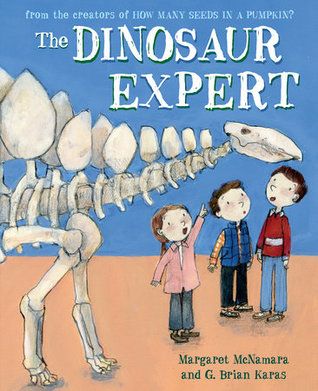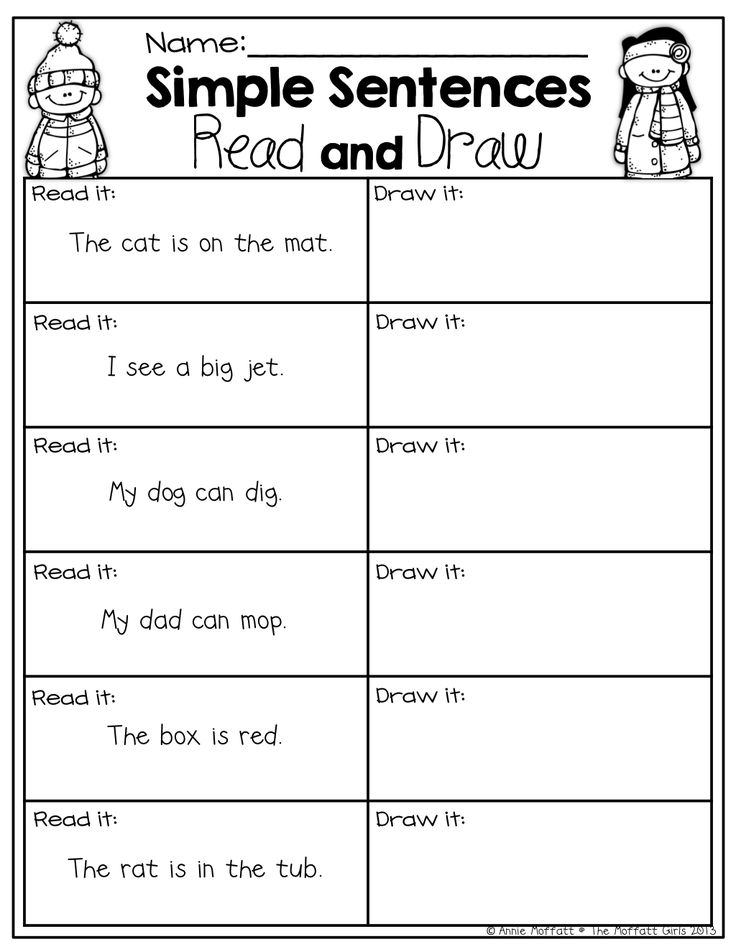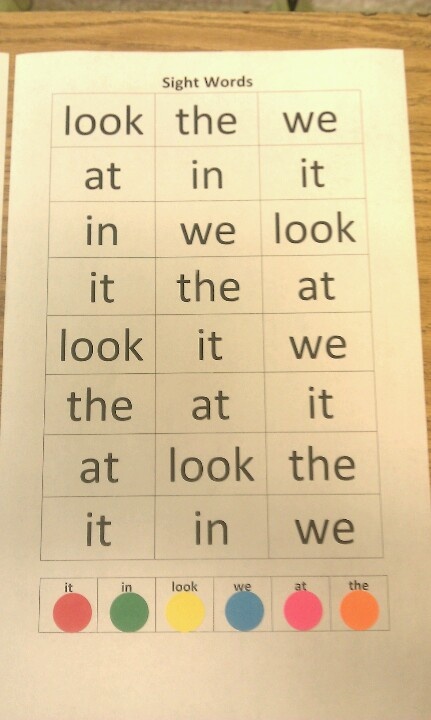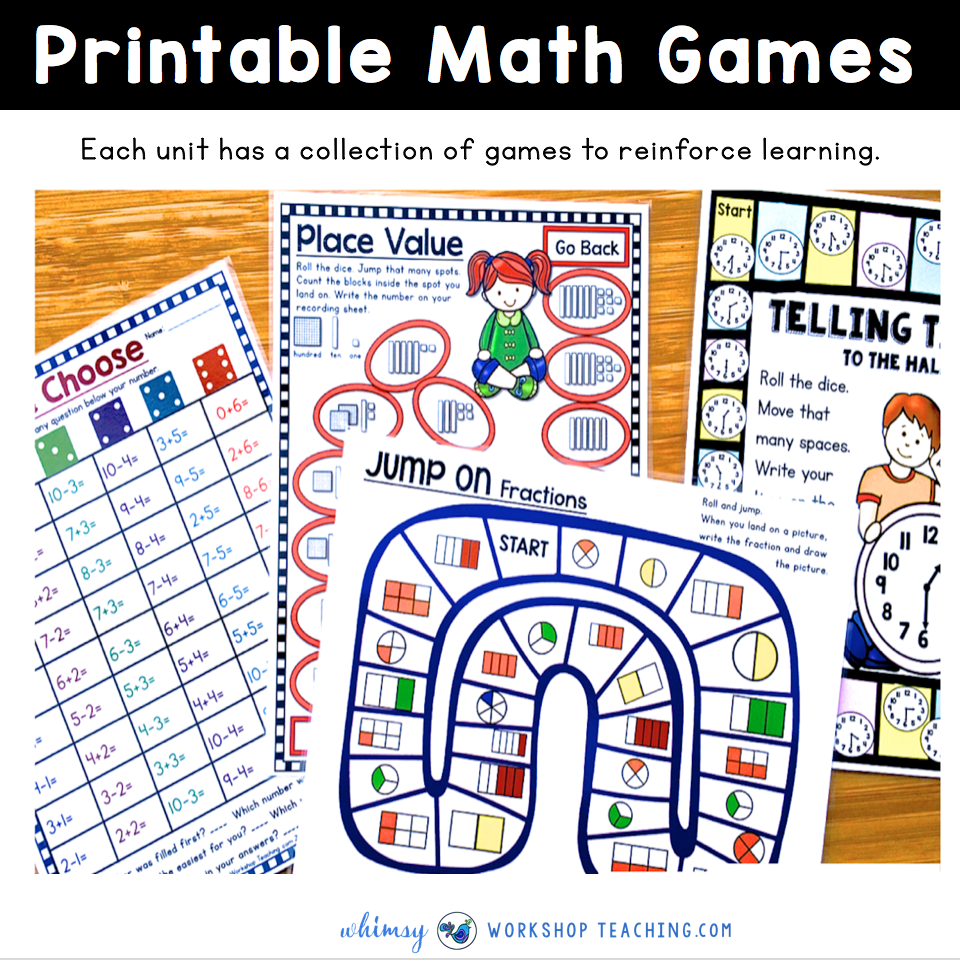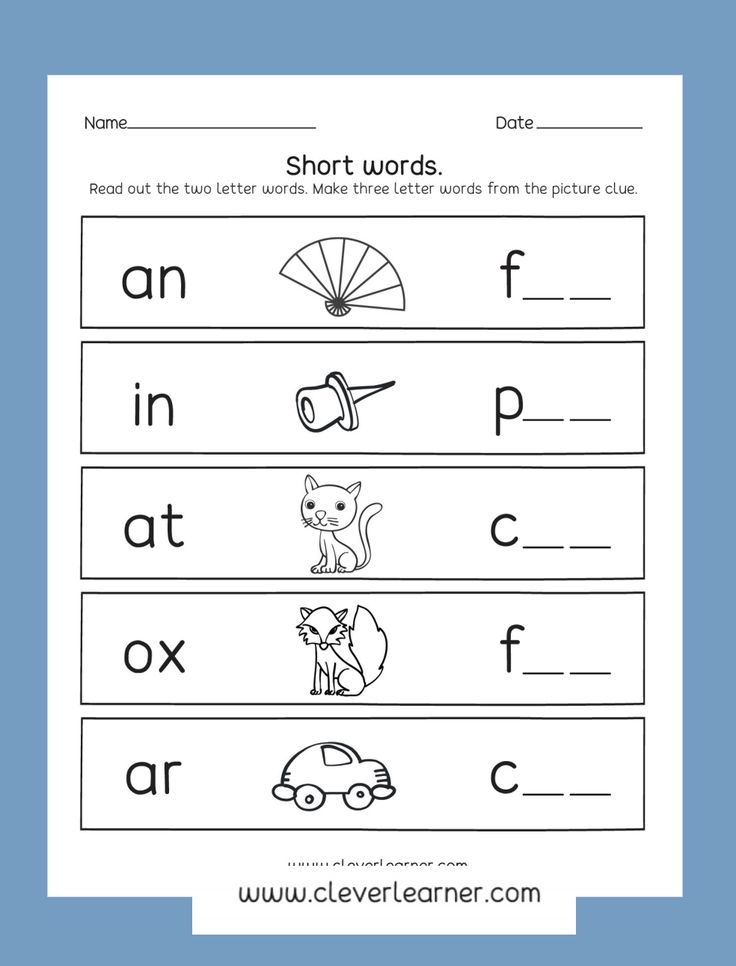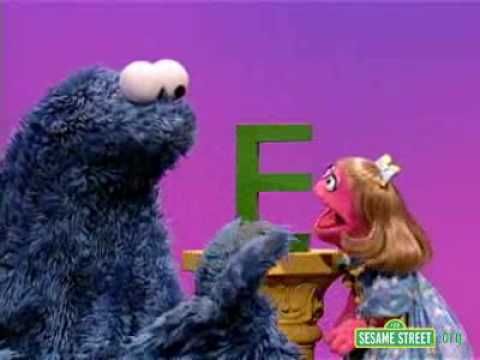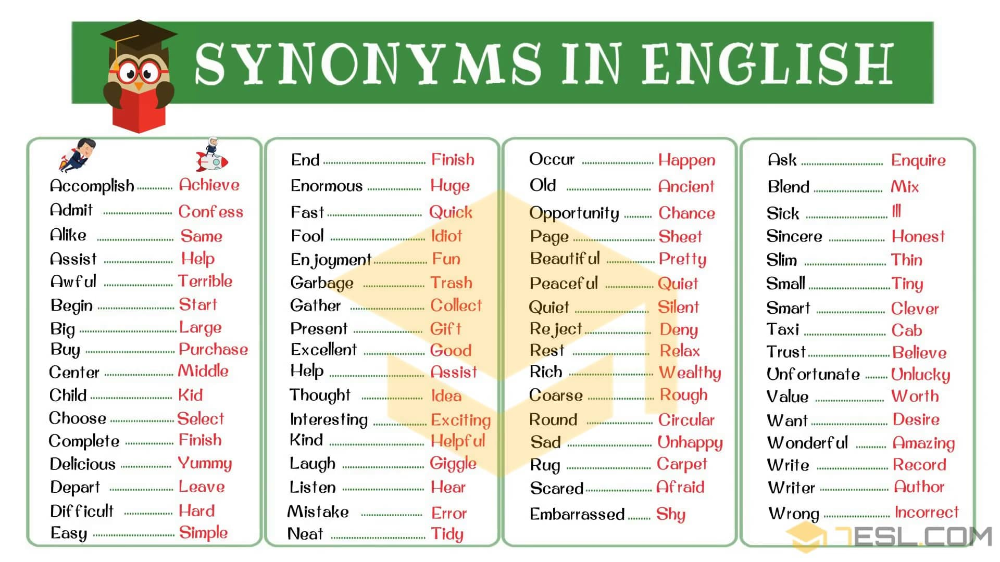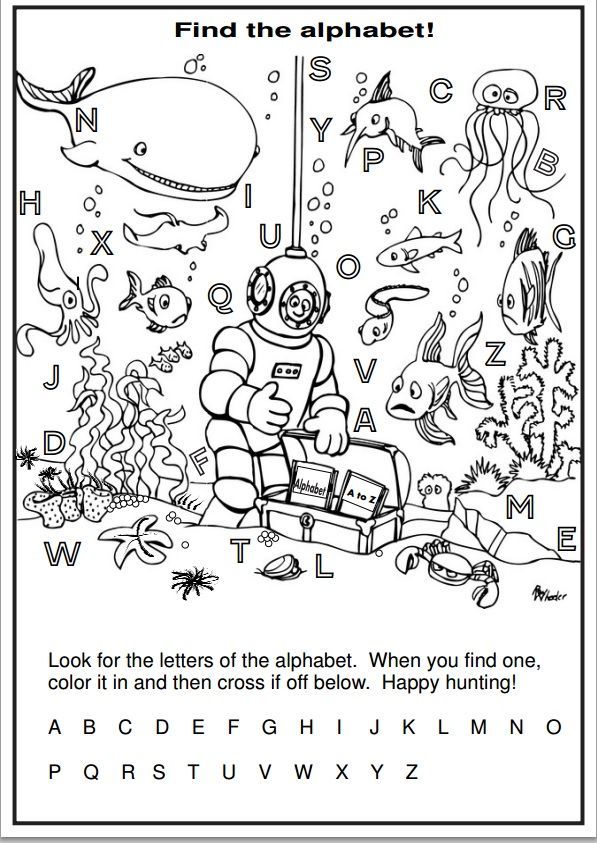How to level readers
How to Determine the Reading Level of a Book
This content contains affiliate links. When you buy through these links, we may earn an affiliate commission.
Fountas and Pinnell, Lexile Level, Primer, Pre-primer, Beginning Reader are all terms you may have heard if you have a young reader in your house. Seriously, what does it all mean? Is there actually a way how to determine the reading level of a book? If your child can read The Cat in Hat, which is a level J in Guided Reading, can she independently tackle Diary of a Worm, which has a Lexile Level of 510L or is she ready for Keena Ford and the Second Grade Mix-Up, even though that one has a DRA of 30?
Through this post, I am going to attempt to elucidate and explain reading levels. So scroll through to find the system that your child’s teacher uses or pour yourself a large cup of coffee and sift through all of the various ways educators, librarians, and book publishers level and categorize books for young readers.
Reading Levels Are Like Starbucks Sizes
I admit, I don’t visit Starbucks unless I have a gift card. I am also that person who goes to Starbucks and still tries to order a large iced tea. The barista calmly asks if I would like a venti or a trenta and then explains that I need to choose between Passion Tango, Matcha Green, or Guava White Tea. Then comes the question of sweetened, unsweetened, or added lemonade.
For the young reader, finding a book that can be read independently can be as tricky as remembering all of the variables in a Starbucks order. Little readers who are not familiar with reading levels or taught to find a “good fit book” often go for books that are too easy and boring, too difficult and frustrating, or, like my kindergarten son, books that have too many unreadable Star Wars planet names like Kashyyyk. If a child knows her reading level, she can find books that contain sight words she knows, plot lines that are not too advanced, and vocabulary that is manageable.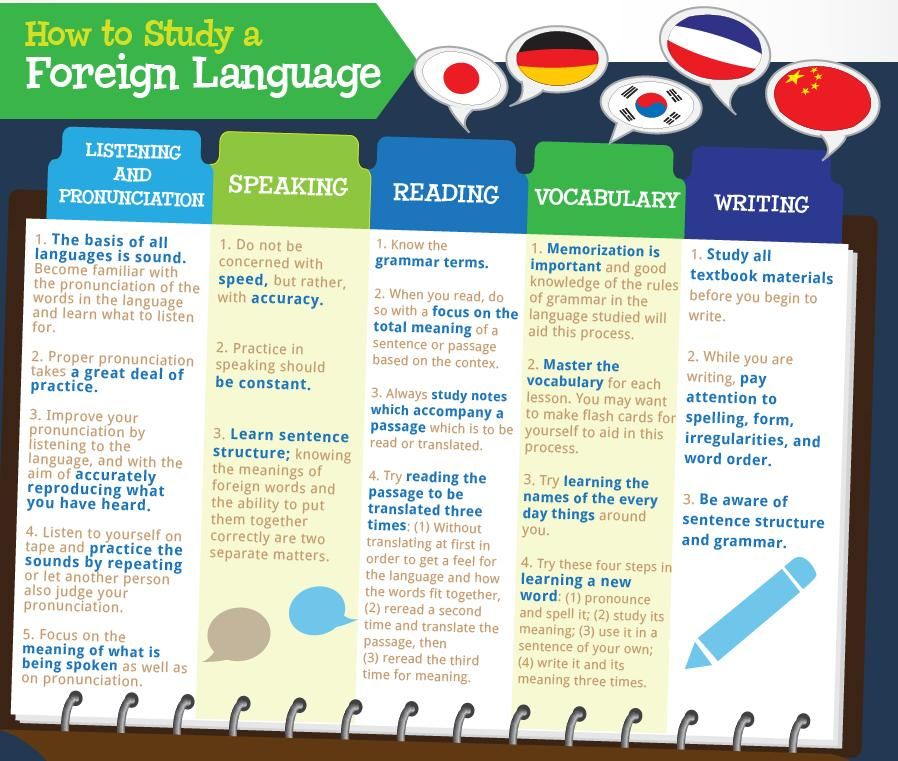
Explain the Levels, Please
There are many different ways that books are leveled. Here are the three most popular methods for how to determine the reading level of a book.
Developmental
Children become readers by moving through different developmental reading stages. These stages range from the emergent pre-reader to the expert fluent reader. Typically, the emergent pre-reader is between six months and six years of age, while the expert fluent reader is 16 years and older. The developmental categories are broader categories than many of the other leveling systems.
Letter Levels
When I taught first and second grade, I found letter levels to be the most kid friendly way to organize a classroom library. If your child’s school levels books using Fountas and Pinnell, Reading A-Z, Scholastic Books, or Guided Reading Levels, then books will be leveled using a letter system. While it would be nice, these leveling systems do not always correlate. A book that is a Reading A-Z Level P, is not always a Level P using the Guided Reading Levels.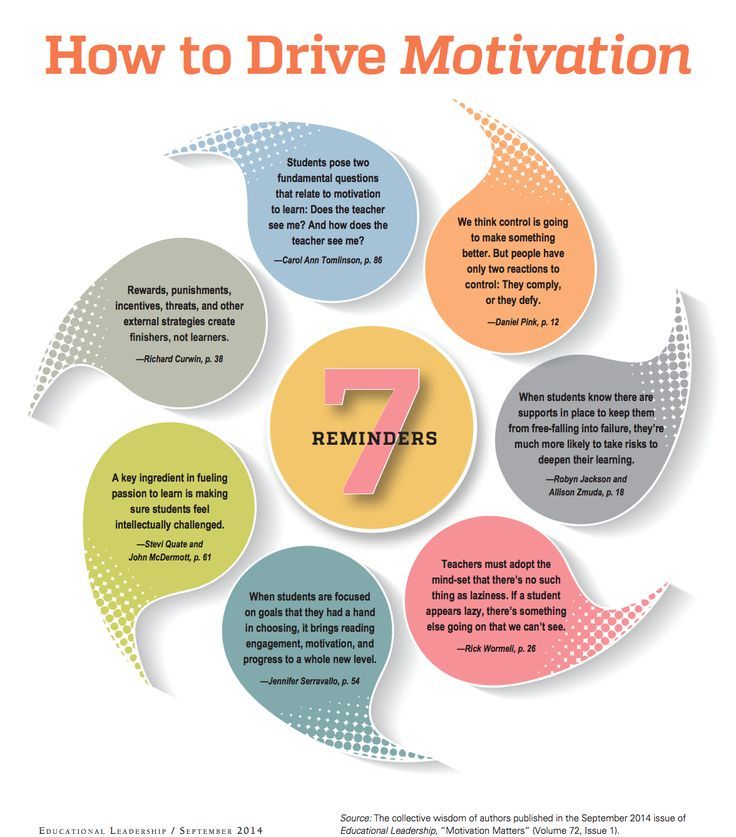
Number Levels
Books can be leveled through such systems as Lexile Numbers, The Direct Reading Assessment (DRA), and Reading Recovery. These systems measure texts by complexity and a reader’s skill level and then assign a number.
I Have My Child’s Reading Level, Now What?
Throughout the school year, your child’s teacher will probably perform reading inventories or assessments with your child. These will determine your child’s reading level.
If you homeschool or your child’s school does not use leveled reading, then use a simple test called the “five finger test” to roughly determine your child’s reading level. Have your child choose a book and open to the second page. Ask your little one to read the text out loud. If your child struggles with independently reading five or more words on that page, the book is too difficult and is not a good fit. You should also ask some comprehension questions to make sure that your young reader understands what she is reading.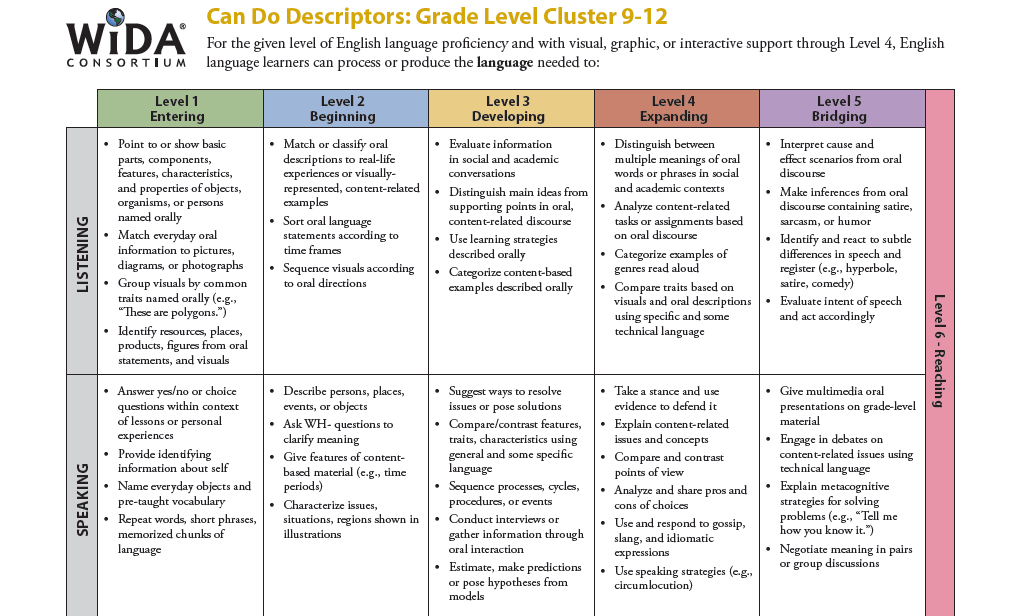 When a book passes the five finger test, use one of the links below to determine that book’s reading level.
When a book passes the five finger test, use one of the links below to determine that book’s reading level.
Once you have the reading level, take a look at these five helpful websites, apps, and charts that will help you and your child find or level the perfect book:
- Book Wizard : Type in the title of a book to retrieve the Guided Reading Level and grade level.
- Lexile Find-a-Book :Visit this site to find the Lexile Number for a specific book or to generate a list of books with a particular Lexile Number.
- Reading A-Z Level Correlation Chart : This is the best conversion chart out there for reading levels.
- Reading Levels Explained : Check out this very clean and user friendly site if you are still feeling overwhelmed by all of the reading level systems.
- Literacy Leveler app : Download this app and then use it to scan a book’s ISBN to see its Lexile, DRA, and GRL.
Levels Should be Helpful, Not Stressful
Reading levels should not feel restrictive. They should be used as helpful tools and not as a draconian system that kills the love of reading. Encourage your child to read books on her level, but don’t be upset if she chooses to reread an old favorite or picks up a nonfiction book that has some advanced vocabulary. Imagine how horrible it would be if adults had to always adhere to a reading level. I am well aware of the fact that some of my beach reads are probably a fourth grade reading level, with a Guided Reading Level of Q, 820L, and DRA of 40. I may not always be challenged as a reader, but it is still fun to sip my trenta Passion Tango unsweetened iced tea and enjoy a book simply for the fun of reading.
They should be used as helpful tools and not as a draconian system that kills the love of reading. Encourage your child to read books on her level, but don’t be upset if she chooses to reread an old favorite or picks up a nonfiction book that has some advanced vocabulary. Imagine how horrible it would be if adults had to always adhere to a reading level. I am well aware of the fact that some of my beach reads are probably a fourth grade reading level, with a Guided Reading Level of Q, 820L, and DRA of 40. I may not always be challenged as a reader, but it is still fun to sip my trenta Passion Tango unsweetened iced tea and enjoy a book simply for the fun of reading.
Need some books to practice leveling? Help yourself to 50 Must-Read Books for Beginning Readers, 20 Must-Read Books for First Graders and Second Graders, The Best Chapter Books for Kids: Engaging with Words, and 70 Must-Read Books for 3rd Graders.
How to Level Books in 2 Easy Steps
by Lisa
Learn how to level books the easy way for your classroom library, home library, or school library.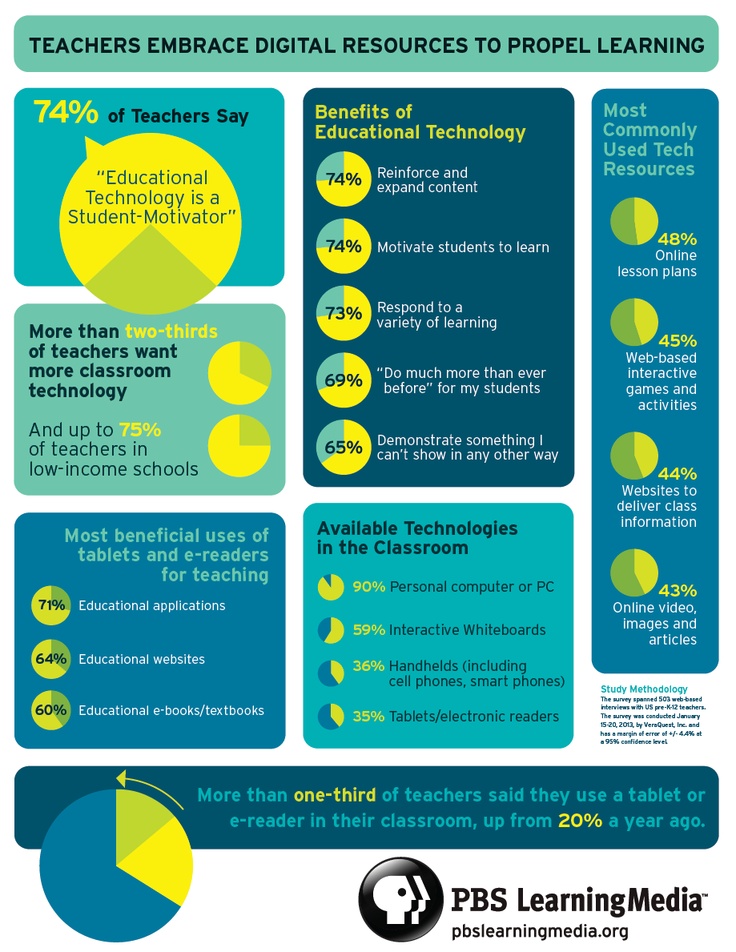 The simple system I use as a school librarian works for a variety of different book leveling systems. This article will show you how to level books for Fountas and Pinnell, how to level books by Lexile score, and how to level books by DRA (Developmental Reading Assessment) level. If you need to level books for guided reading, you’re in the right place. How do you level a children’s book? Read on to learn how to level books quickly and easily for free.
The simple system I use as a school librarian works for a variety of different book leveling systems. This article will show you how to level books for Fountas and Pinnell, how to level books by Lexile score, and how to level books by DRA (Developmental Reading Assessment) level. If you need to level books for guided reading, you’re in the right place. How do you level a children’s book? Read on to learn how to level books quickly and easily for free.
Table of Contents
My Book Leveling Backstory
In the library, I sometimes get asked about the reading level of a certain book. Although I can look it up, I don’t place a big emphasis upon a particular book’s reading level. I always hope that kids will choose to read what interests them. However, knowing the reading level of a book does have its place. Maybe a classroom teacher needs to add some books to a leveled classroom library, or maybe a homeschooling parent wants to know for assessment purposes. Perhaps a student is just curious.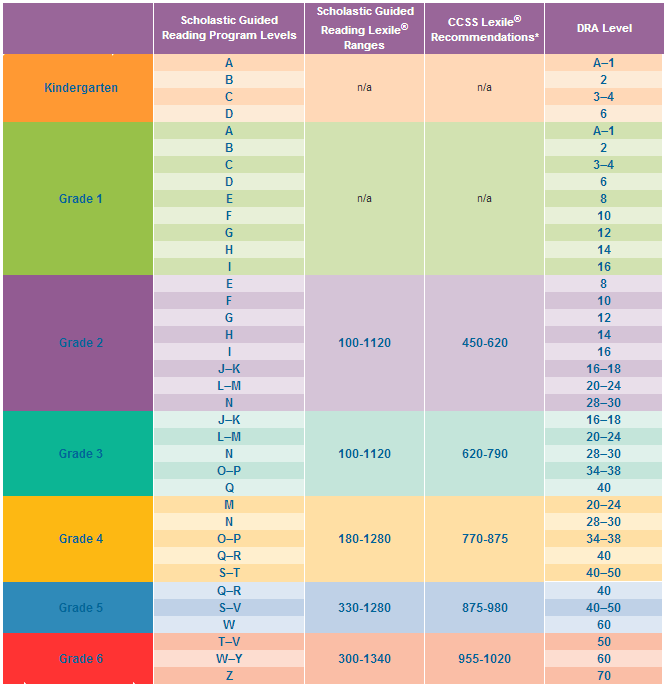 Here’s my favorite free way to level books quickly and easily.
Here’s my favorite free way to level books quickly and easily.
***Disclaimer: This post contains affiliate links, which means as an Amazon Associate I earn from qualifying purchases at no additional cost to you.*** Already know what you’d like to get from Amazon? Here’s a handy way to get to the website, linked to one of my favorite books for teachers to get kids excited about reading. Just click on the link, then browse around and do your shopping.
Take Me To Amazon!
Level Books Quickly Step 1:
You may be asking, “How classroom library?” Here’s the first step. Go to the Accelerated Reader Bookfinder site and type in the title, author or topic of the book you are trying to find information about. Chances are quite good that your book will be in the vast database of titles. Once you have the result, look for the number to the right of the AR letters. For the book I looked up, Wish, by Barbara O’Connor, the number was 6.0.
What does that number mean? It means that, according to the readability formula used by the Accelerated Reader program, the book would be at an appropriate level for a student at the beginning of sixth grade.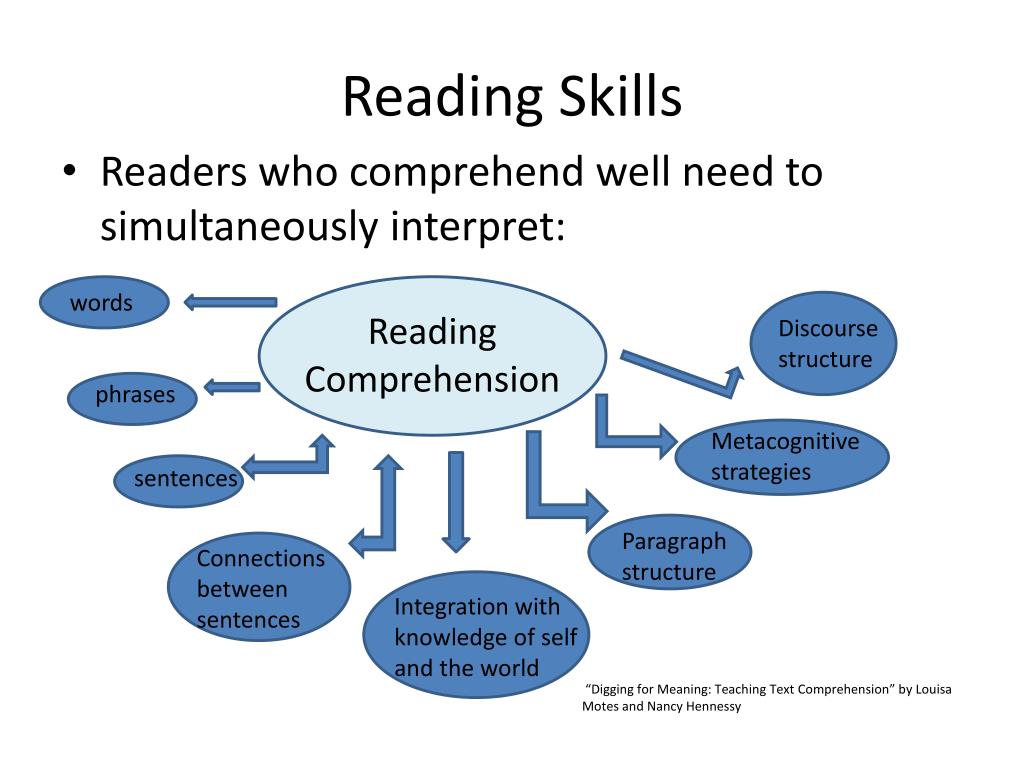 Of course, the actual reader may be in a higher or lower grade level. If a book has an AR level of 4.5, the number means the book is at a readability level suitable for someone in the fifth month of fourth grade.
Of course, the actual reader may be in a higher or lower grade level. If a book has an AR level of 4.5, the number means the book is at a readability level suitable for someone in the fifth month of fourth grade.
Level Books Quickly Step 2:
If you are just interested in knowing the grade level of a book, you could stop there. However, many school districts use other reading levels to measure progress. One type of leveling model is the DRA (Developmental Reading Assessment). Another book leveling model is the Lexile score. Some teachers, homeschool parents or students may want to know the DRA level or Lexile score of a book. What if you want to level books for Fountas and Pinnell? How do you find a book’s guided reading level? For each of these queries, all you need to do is access a conversion chart, or book level chart. This is the best one I’ve found. Use the chart to convert the AR level to your desired book system level. There you go! You just learned my favorite free way to level books quickly and easily.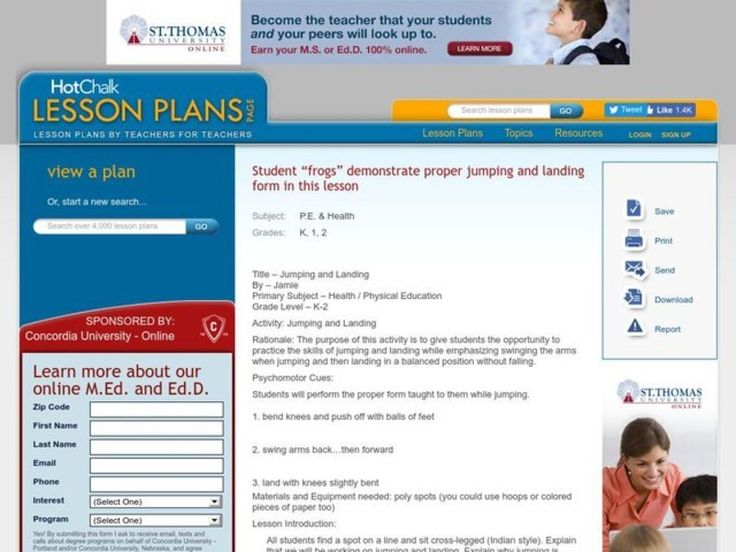 Using these two free book leveling websites or tools, you can level many books in a short amount of time.
Using these two free book leveling websites or tools, you can level many books in a short amount of time.
Have a Ton of Books to Level?
What if you are a brand new classroom teacher and have a whole classroom library of books to level? What if you are a school librarian who has just been asked by your principal to level all of the books in the library? (It has happened before.) Is there an app to level books? Good news! There is a free app called QuickScan Book Leveler. The downside is that it’s only available right now for an iPhone or iPad. It also only provides the AR level and Lexile score. If that is all you need, then you’re set.
There is another app you could use called Level It Books. It’s not free, but it’s only $4.99. The app is available for both iOS and Android devices on their respective app stores. This app allows the user to quickly view a book’s Lexile, guided reading level, grade level equivalent, and DRA level, if desired. When used with a barcode scanner to scan each book’s ISBN, the leveling process is sped up substantially.
Is Book Leveling in Your Future?
Are you going to have a need to level some books anytime soon? Do you suddenly feel like raiding your bookshelf and visiting the AR website just to satisfy your curiosity? If that’s the case, I hope this post will help you find the book levels you are seeking. Have a fantastic week, and thanks for visiting the BookAndTechTips site.
Related Posts:
- Incredible Kindness Books for Kids
- Inspiring Technology Books for Kids
- Awesome Summer Reading Programs
- Helping Reluctant Readers: An Engaging Resource
- Free Ebook Site For Kids Offers Home Access
- The Best Free eBook Deal For Kids and Teachers
- Best Valentine Books for Kids
Lisa Mitchell is a school librarian who likes to use her job as an excuse to stay up far too late reading books and noodling around with tech tools. To learn more about what this website has to offer, click on over to the About page or the Book Tips page.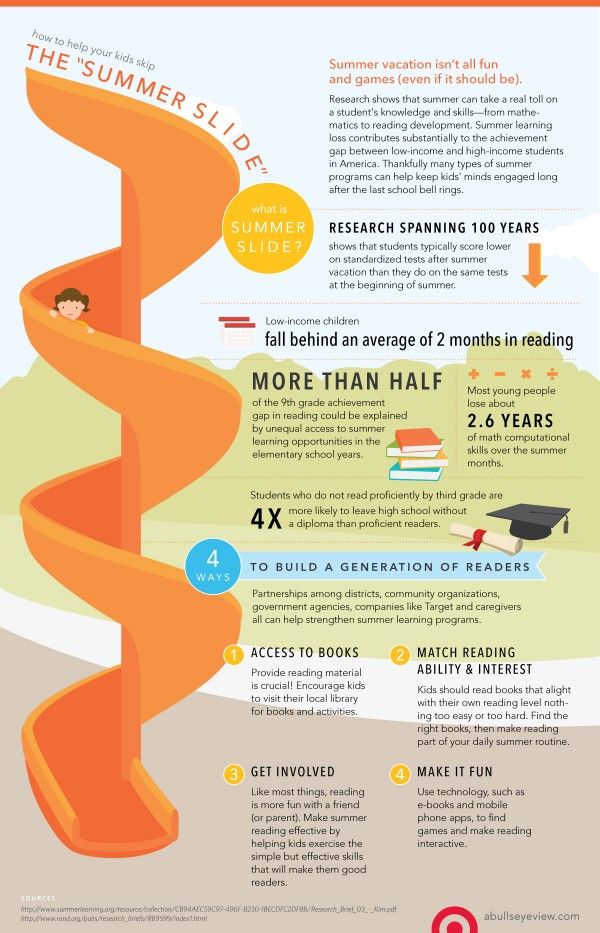 .
.
Justify or justify text - which one to choose
In this article, we will tell you which text alignment is better to use in an email so that it is comfortable to read: justify, center, right or left.
We specifically do not use the terms "justification", "flag set", and in some moments we simplify the theory. This is necessary so that the article is understandable to those who are not professionally engaged in design and layout. If you are a professional and you have something to add, leave comments in our chat.
Read also
HTML layout of emails - complete instructions
Justified alignment: nothing
Seriously, we don't justify anything. You may like text in this form, it was even recorded in a study, but the same study showed that justified text is more difficult to read than left-aligned text.
In addition:
- justification reduces reading speed by 11%;
- such text is difficult to read for people with dyslexia.
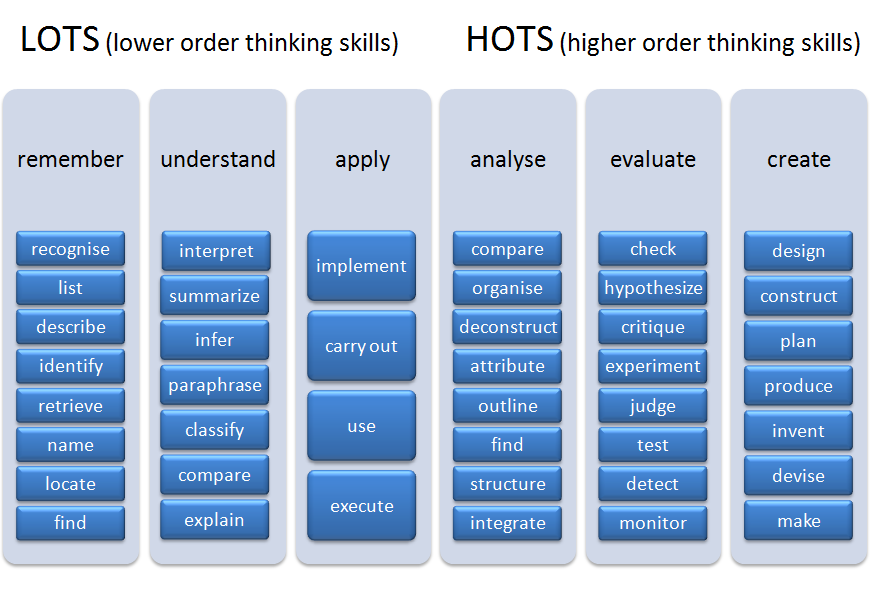
The only place where correct alignment of text is currently possible is in printed publications. To do this, the layout designer adjusts the spaces between letters and words in each line. But doing the same in letters will be problematic.
See also
Fix it, I don’t know what: how to understand what you don’t like in the text
What we right-align: almost nothing
Right-align is used in isolated cases that are difficult to classify. For example, in emails, the phone number and the link to the web version in the email header can be aligned this way.
I haven't found any studies that study text with jagged left margins. But you can guess why this alignment is not suitable for large text: because of the “torn” left edge, the reader needs to look for the beginning of the next line each time. With small amounts of text, this is not critical, but it can make reading difficult if there is a lot of text.
What to center: accents
Center alignment is good for accenting small passages of text, usually no more than 3 lines. For example, to draw attention to quotes.
This alignment is not suitable for large text, for the same reason as "right" alignment - a "torn" left edge can make reading difficult.
What to align to the left: almost everything
Align the main text to the left. According to research, left-aligned text is remembered better than justified text and reads faster.
This alignment looks familiar: most of the text information around us is left aligned.
This is the alignment that major news sites use, probably to make it easier for readers to process the information.
Read also
You can download the finished html-layout of the letter using the plug-in for Figma
If you want the readers of the letter to easily and quickly receive information, we recommend aligning the text to the left.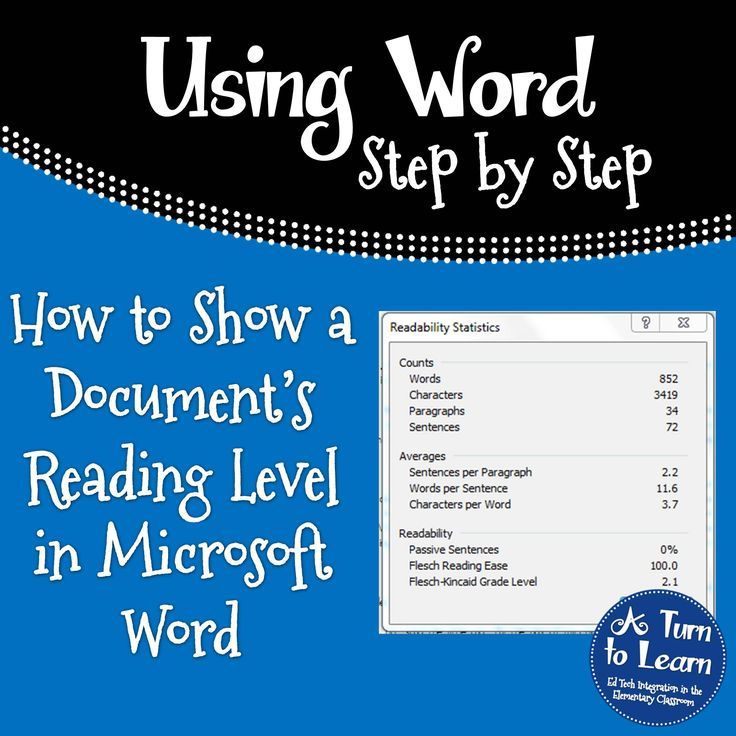 In other ways, it's better to align only small text, to emphasize important information or for other purposes.
In other ways, it's better to align only small text, to emphasize important information or for other purposes.
Share:
How to justify text in a Word
As you know, when compiling any document, it is required to observe the normative style of text design, which consists in evenly arranging the text along both edges (in width) of the document sheet. If the document was compiled without taking into account the normative style, then such a document will be considered invalid.
Many users are wondering what exactly needs to be justified in the text? In fact, everything is quite simple - you need to align the width of the text, which is the title and title of the article, abstract, term paper and any other document that has clear requirements for the design of the text. The only thing that now remains for the reader to figure out is how to align the text in the Word in width, we will just talk about this further.
How to justify text in Word?
If you need to prepare an abstract, project or any other document, then pay special attention to the design of the text, because it is precisely because of the incorrect design of the document that the document has to be redone and printed on a new one.
So, now back to the most important thing - how to align text in Word. In fact, everything is very simple, and even if you are new to the Word office editor, after reading our instructions, you can be guaranteed to learn this. Therefore, we finish singing the praises and proceed to the direct workshop.
- Before you start the text alignment and decoration process, notice how the text looks without decoration.
- Now let's start in order, first of all we need to select all the text to align it, define the paragraphs and headings of the text. The ruler will help us with this, if in your case the function of the ruler is disabled, then go to the tab "View" , and then check the box on the function "Ruler" .
- After that, we proceed to the design of paragraphs and headings of the text using the ruler. Select all the text using the combination Ctrl+A , and then move the bottom slider of the ruler "Indent left" to -1.

Learn more

